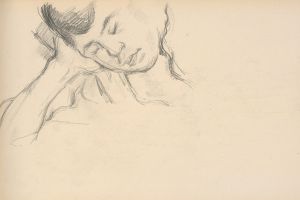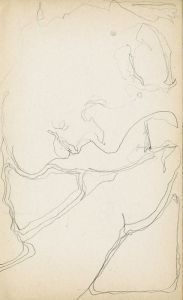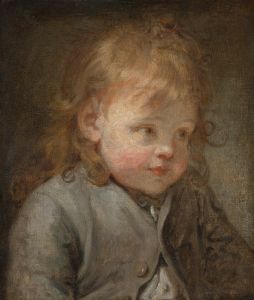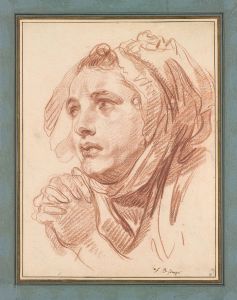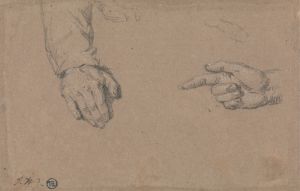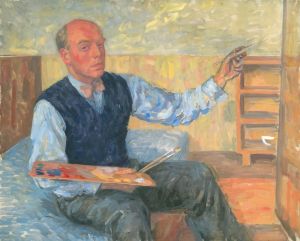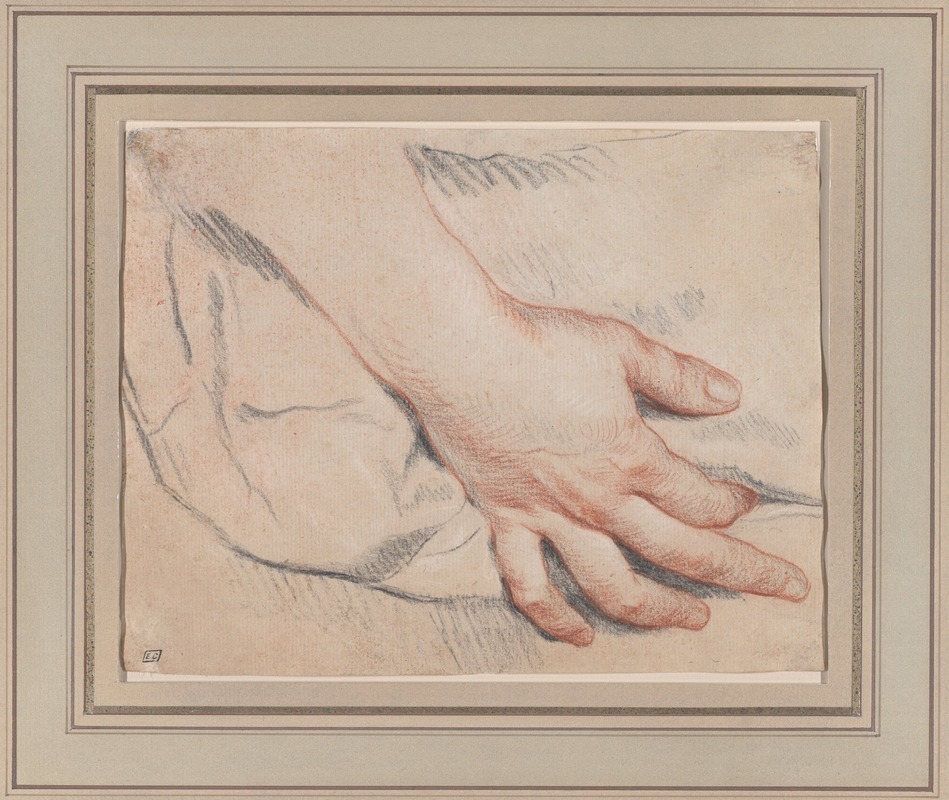
Study of a Hand
A hand-painted replica of Jean-Baptiste Greuze’s masterpiece Study of a Hand, meticulously crafted by professional artists to capture the true essence of the original. Each piece is created with museum-quality canvas and rare mineral pigments, carefully painted by experienced artists with delicate brushstrokes and rich, layered colors to perfectly recreate the texture of the original artwork. Unlike machine-printed reproductions, this hand-painted version brings the painting to life, infused with the artist’s emotions and skill in every stroke. Whether for personal collection or home decoration, it instantly elevates the artistic atmosphere of any space.
Jean-Baptiste Greuze, a prominent French painter of the 18th century, is renowned for his genre paintings and portraits that often depict scenes of domestic life and human emotion. Among his works, "Study of a Hand" stands out as an exquisite example of his skill in capturing the subtleties of human anatomy and expression through detailed studies.
"Study of a Hand" is a drawing that showcases Greuze's meticulous attention to detail and his ability to convey texture and form. While the exact date of this drawing is not clearly documented, it is believed to have been created during the height of his career in the mid to late 18th century. This period was marked by Greuze's exploration of human emotion and character, often through preparatory studies that informed his larger compositions.
The drawing itself focuses on a single hand, rendered with precision and care. Greuze's technique in this study reflects his academic training and his interest in the expressive potential of the human body. The hand is depicted with a sense of realism that highlights the artist's understanding of anatomy, as well as his ability to capture the play of light and shadow across the skin. This attention to detail is characteristic of Greuze's work and contributes to the lifelike quality of his paintings and drawings.
Greuze's "Study of a Hand" can be seen as part of a broader tradition of anatomical studies that were common among artists of the time. These studies were often used as exercises to improve an artist's skill in rendering the human form and were sometimes included in the artist's portfolio to demonstrate their technical proficiency. In Greuze's case, such studies also served as preparatory works for his more complex compositions, where hands often played a significant role in conveying the emotional narrative of the scene.
The significance of "Study of a Hand" lies not only in its technical execution but also in its contribution to our understanding of Greuze's artistic process. By examining such studies, art historians gain insight into the methods and practices of 18th-century artists, as well as the educational and artistic standards of the period. Greuze's work, including this study, reflects the Enlightenment ideals of observation and empirical study, which were influential in the art world at the time.
While "Study of a Hand" may not be as widely recognized as some of Greuze's larger works, it remains an important piece within his oeuvre. It exemplifies the artist's dedication to capturing the nuances of human expression and his commitment to the craft of drawing. Today, Greuze's studies, including this one, are appreciated for their artistic merit and their role in the development of portraiture and genre painting in the 18th century.
In summary, Jean-Baptiste Greuze's "Study of a Hand" is a testament to his skill as a draftsman and his interest in the expressive capabilities of the human form. Through this drawing, Greuze not only demonstrates his technical abilities but also contributes to the broader artistic dialogue of his time, emphasizing the importance of detailed observation and study in the creation of art.





